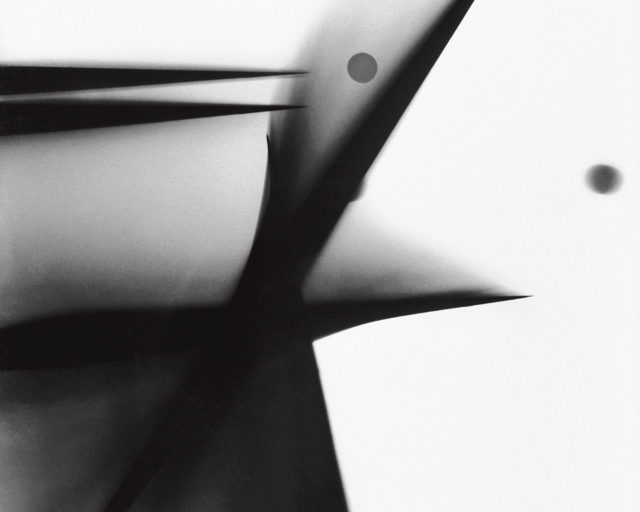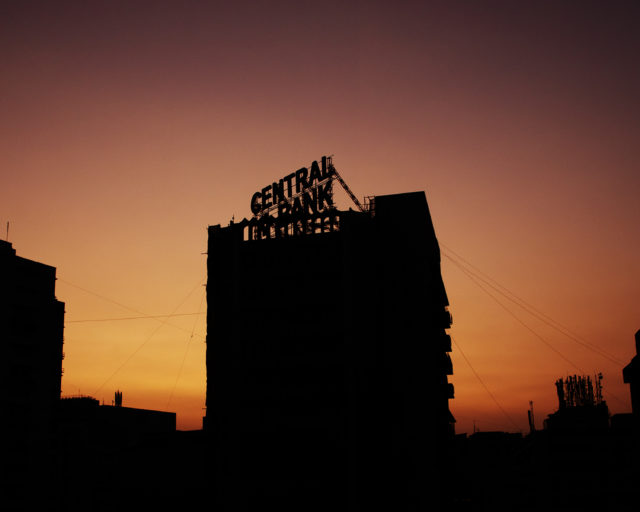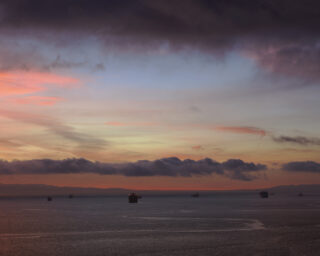Aperture, issue 248, “The 70th Anniversary Issue”
In Aperture’s first issue, published in 1952, the founding editors mapped out the reasons for bringing the magazine to life. With intelligence—and a hefty dose of earnestness—they sought to create a space for photographers and “creative people everywhere” to communicate and speak to one another. This was a daring endeavor at the time, a labor of love driven by an almost messianic belief that photography mattered. Building a community around the publication was essential to their cause. “Growth,” they wrote, “can be slow and hard when you are groping alone.” Photography was a lonely place back in the early 1950s. The medium wasn’t yet widely appreciated as a serious form of creative expression, and so the founders sought to make the case for the power of a still image that “blazes with significance.” That the magazine has continually remained in print for seven decades amid shifting notions of what photography is—and might become—attests to the strong will of the founders, and of those editors, equally indefatigable, who followed and kept the magazine going, even as print media, in the age of screens, seemed destined for the dustbin. We inhabit a vastly different image world today, but the mission of the magazine, oddly enough, or perhaps likely enough because of the founders’ promising trajectory, remains consistent.
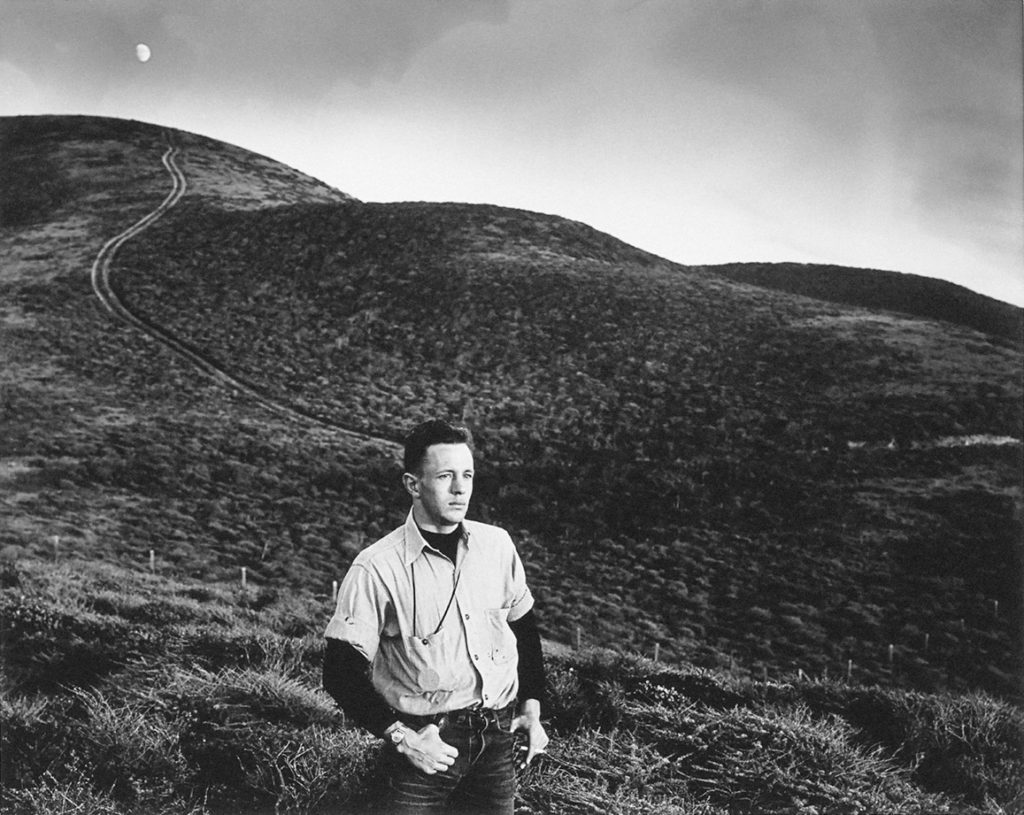
Courtesy Minor White Archive, Princeton University Art Museum

Courtesy the artist

Courtesy the artist
As editors, we are privileged to engage with photographers, artists, writers, and thinkers whose work provokes, challenges, and blazes with significance. We may be searching at times, or finding new footings, but we are never alone. For this seventieth anniversary issue, we drew on our community to assemble a publication that looks at the past with a view to the future. Seven photographers, through original commissions, each explore a decade of the magazine. Each was invited to consider a single issue, an article, an idea, or even an omission, which seeded their portfolios. Iñaki Bonillas, Dayanita Singh, Yto Barrada, Mark Steinmetz, John Edmonds, Hannah Whitaker, and Hank Willis Thomas have all reanimated our past in revelatory ways.
Seven celebrated, incisive writers—Darryl Pinckney, Olivia Laing, Geoff Dyer, Brian Wallis, Susan Stryker, Lynne Tillman, and Salamishah Tillet—were given the same prompt: Tour our archive, see what’s there. What captures your imagination? What questions are emblematic? They reveal that however much photography and this magazine evolved, sometimes radically, Aperture remained committed to thinking about the meanings of pictures, and all that might encompass. The expansive nature of the medium was a strength, and the magazine could surprise, take risks, move against the grain. Aperture might even be, as Pinckney observes, “a home for the most gentle weirdness.”
—The Editors
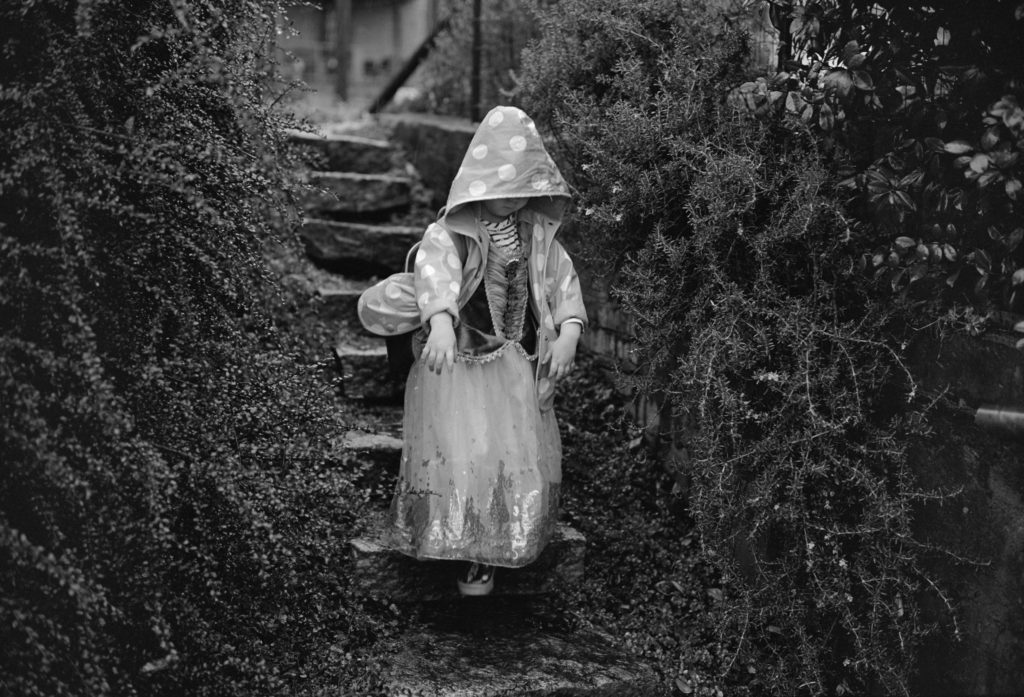
Courtesy the artist and Yancey Richardson Gallery, New York
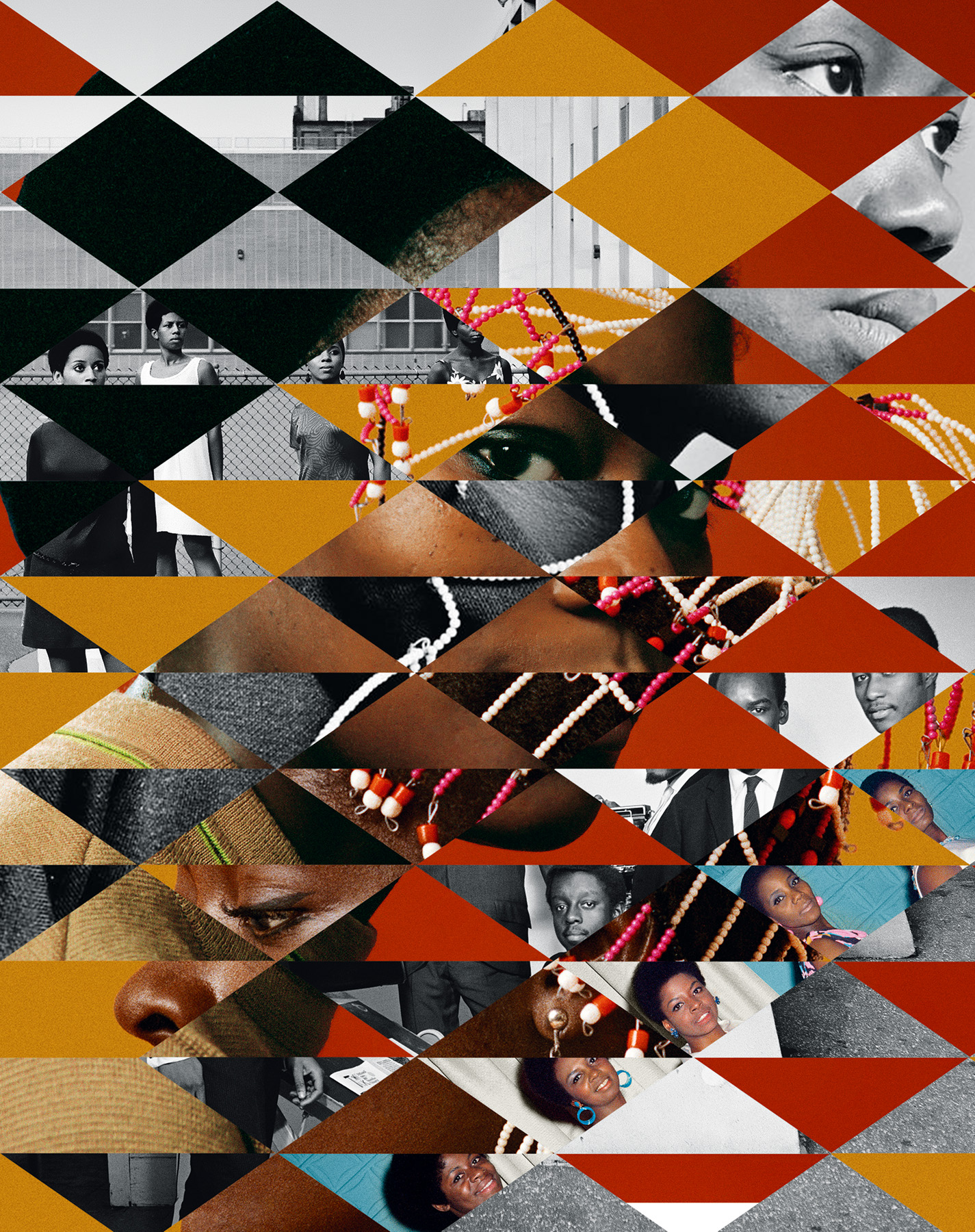
Courtesy the artist and Jack Shainman Gallery, New York. Photographs by Kwame Brathwaite courtesy Kwame Brathwaite Archive
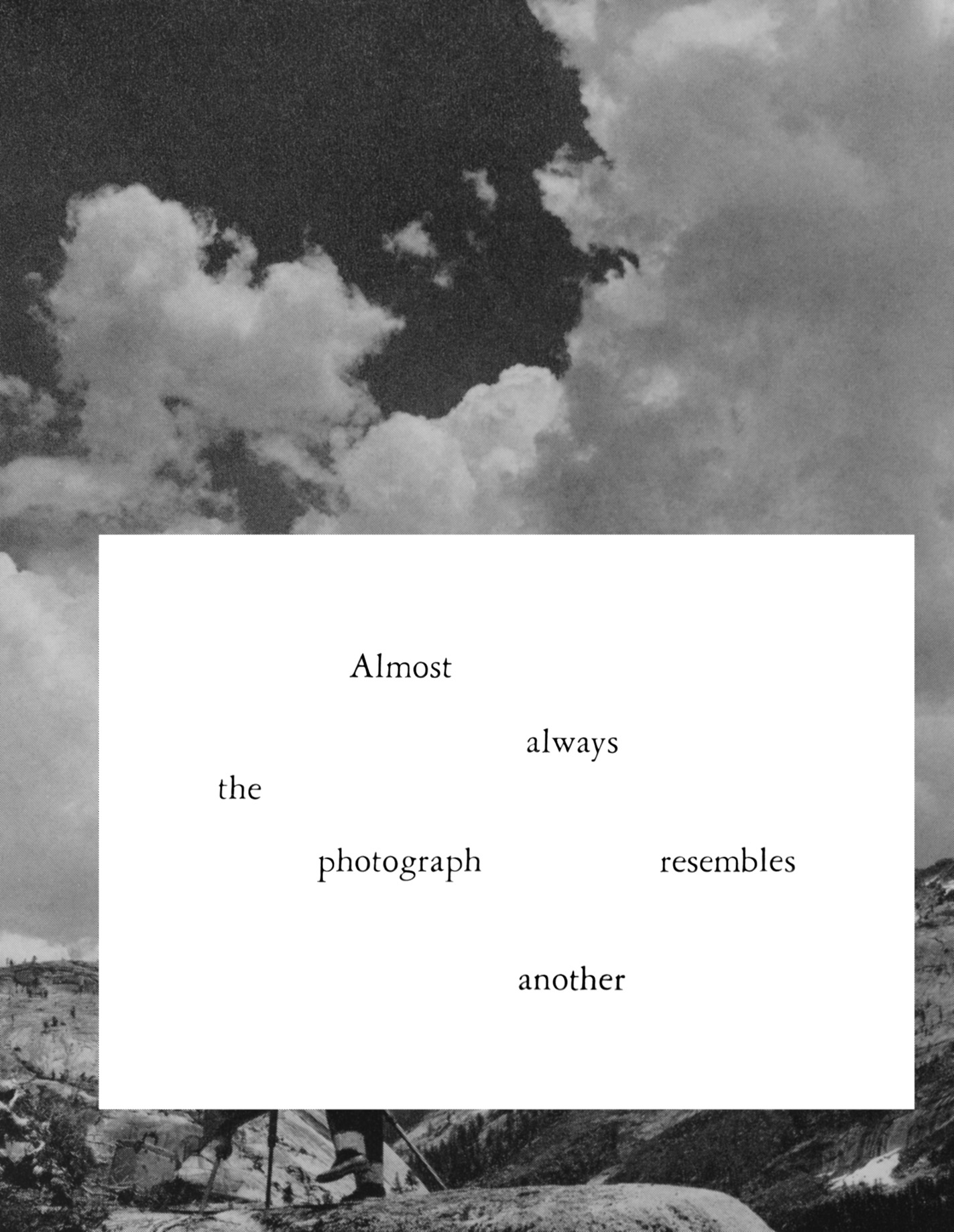
Courtesy the artist and Kurimanzutto, Mexico City/New York

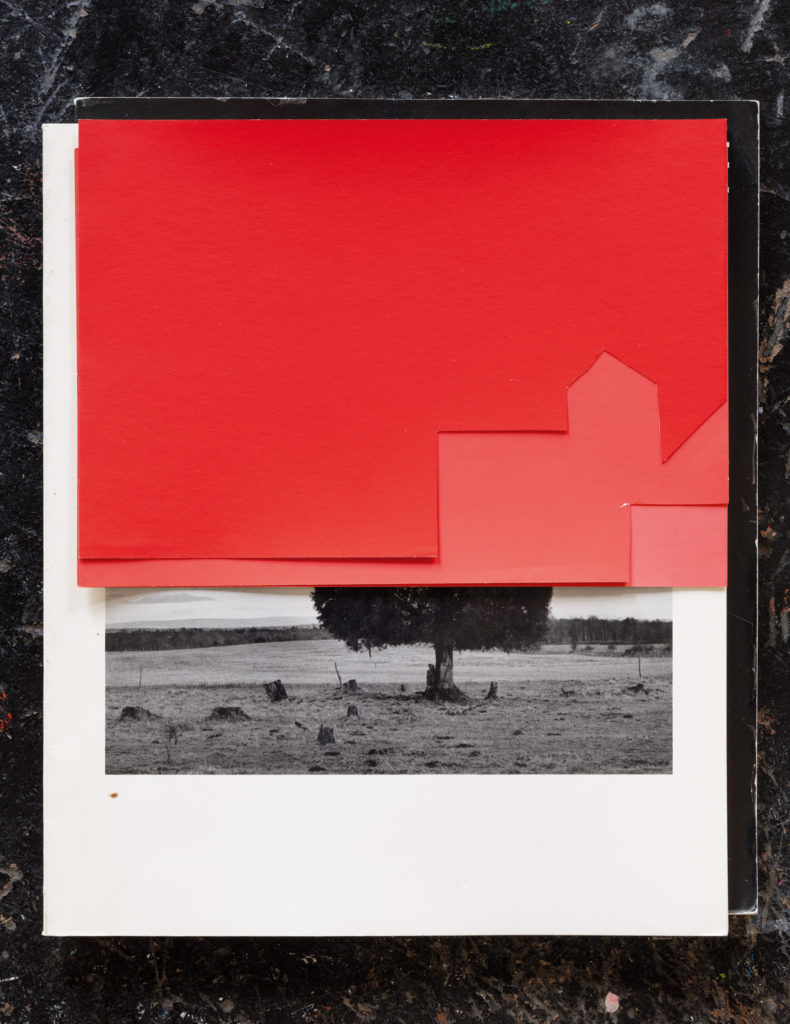
Yto Barrada, Bettina’s Color-aid papers with 1970s Aperture issues, 2022, for Aperture
Courtesy the artist with Charles Benton; Pace Gallery, London; Sfeir-Semler Gallery, Beirut and Hamburg; and Galerie Polaris, Paris
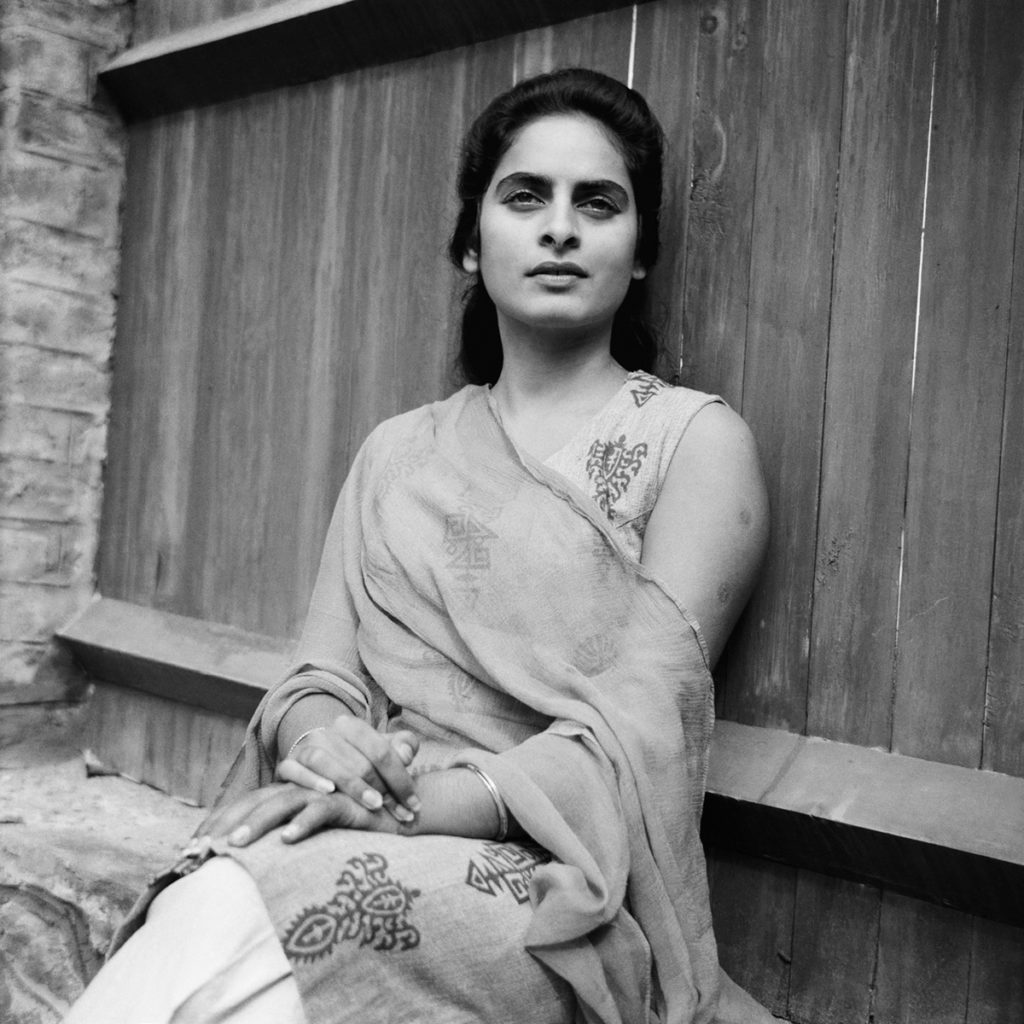
Courtesy the artist
Read more from Aperture, issue 248, “The 70th Anniversary Issue.”














